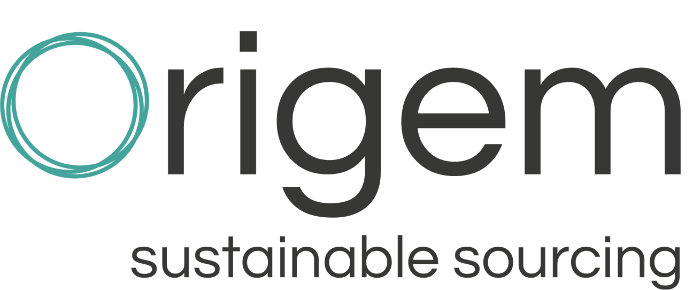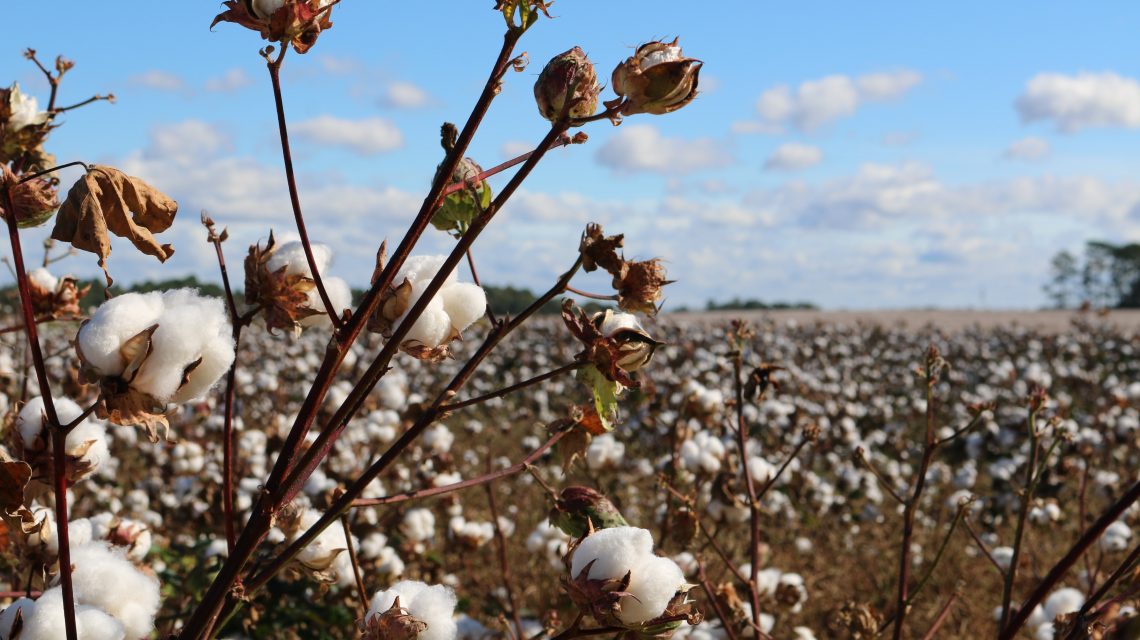Several news have shaken the organic cotton market in the last few days.
First, the discovery by GOTS of fraudulent transaction certificates, involving 20 000 metric tons of fake organic cotton. And now, the identification of GMO in products sold as organic cotton.
Theoretically speaking, organic certification provides insurance on farming practices, such as banning GMOs. Yet, it cannot bring an absolute guarantee. Here is the proof.
However, GMO contamination doesn’t necessarily come from fraud. Natural pollen drift commonly occurs.
In addition to strengthening dialogue with suppliers and building long-term relationships, combining tools such as testing methods, DNA markers and blockchain technology will not only help us in measuring GMO content in cotton products but also investigating its origin, whether fraudulent… or not.



